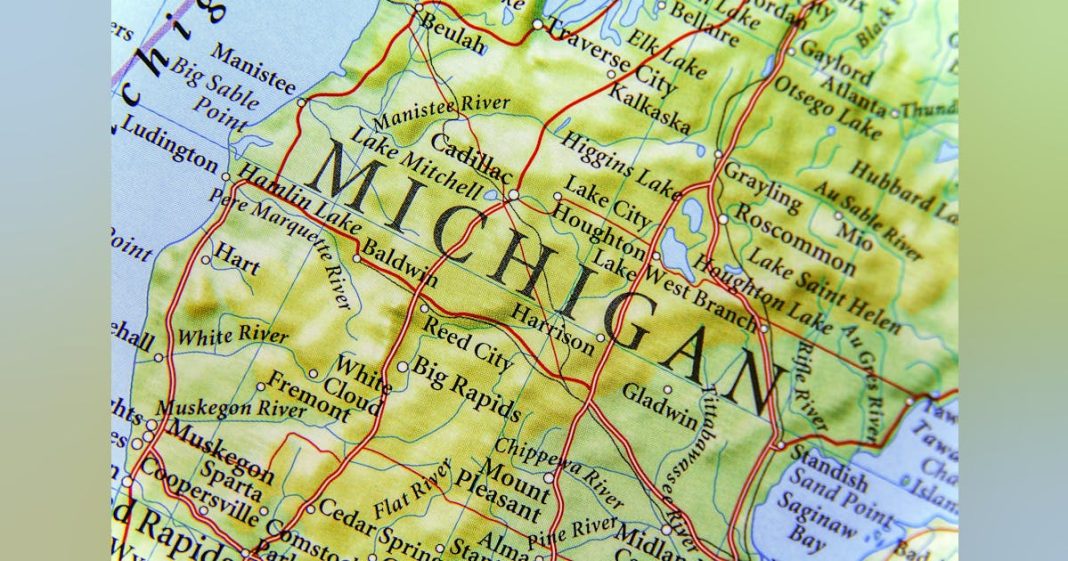Michigan Health Information Network Shared Services (MiHIN) is working with several stakeholders on a pilot project aimed at improving patient care coordination between emergency medical services (EMS) agencies and receiving hospitals. The goal is to eventually roll the service out statewide.
MiHIN is Michigan’s nonprofit, state-designated health information exchange, providing patient information to doctors, clinics, federally qualified health centers, hospitals, pharmacies, health insurance providers, and public health in Michigan.
As MiHIN points out, many of America’s hospital systems and the fire and ambulance services that care for the communities around them operate in information silos, exchanging no real-time data or doing so in formats that are not usable by EHRs or health information exchanges.
In a recent interview with Healthcare Innovation, Jaki Porter, MiHIN’s chief operating officer, described the partnership with Beyond Lucid Technologies, and the pilot with Reading Emergency Unit and Hillsdale Hospital. The goal is to have seamless communication between ambulances and hospitals to eliminate delays and streamline patient handoff.
Today, she said, most of the information that EMS staffers collect is just handed over whenever the patient gets to the hospital. Sometimes it’s written down, sometimes it’s verbal. A lot of times it’s not communicated so that the hospital can prepare before the patient arrives.
For the process to become digital, most hospitals require a continuity of care document (CCD), but the information that is coming out of the EMS system currently is not in a CCD format, so the hospitals aren’t able to ingest it. Beyond Lucid is taking that information and converting it into a CCD, and MiHIN is working with them closely to make sure that the data isn’t missing, that it is in the right places and that it makes sense to emergency department clinicians, Porter said. “Now that we can actually get it into the CCD format, we can send it on to the hospital in preparation for the patient arrival. They can actually see what’s happening with the patient and pull up any historical information through our network, so that they might know what other medications the patient might be on,” she explained.
Additionally, she said, the EMS workers would like to be able to improve care on their side by finding out the final diagnosis. That will help them understand if they treated the patient correctly. With this new partnership, they will be able to see a very limited data set to understand what the final diagnosis was.
Messages are already flowing between Reading Emergency Unit and Hillsdale. Hillsdale is working with its EHR vendor to work out some issues in reading the messages. The second phase, which involves closing the loop and sending information back to the EMS teams, is being built out now.
The goal is to roll this out statewide eventually. “We already have a second location that is interested in participating,” Porter said. “The first piece, of course, is trying to figure out which hospitals are open to it. Most of them usually are — whatever data they can get to be able to prepare them, they’re usually ready to do it. But just getting them to invest the time to make sure that their EMR can get the data ingested and that it’s readable is the second piece.”
Several other groups — like the State of Michigan and some of the payers — are interested in making sure that that data is actually making it to where it needs to be, Porter said, adding that this could also help EMS to submit their claims directly to insurance, which is often more of a manual or fax process today.
Porter said that Beyond Lucid has worked with several other places across the country to begin these conversations, “but I think this is their first pilot to actually get the data out and route it to where it needs to go.”







